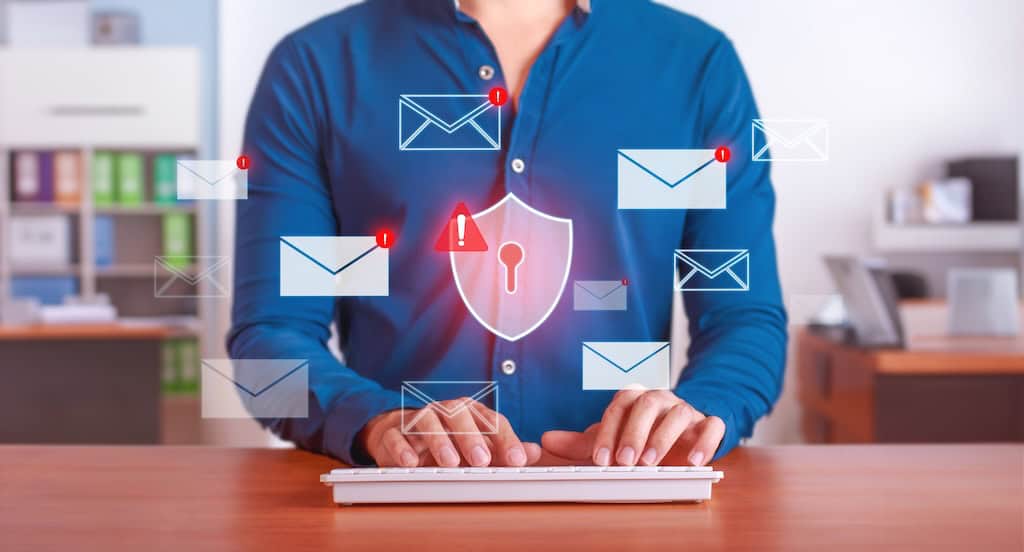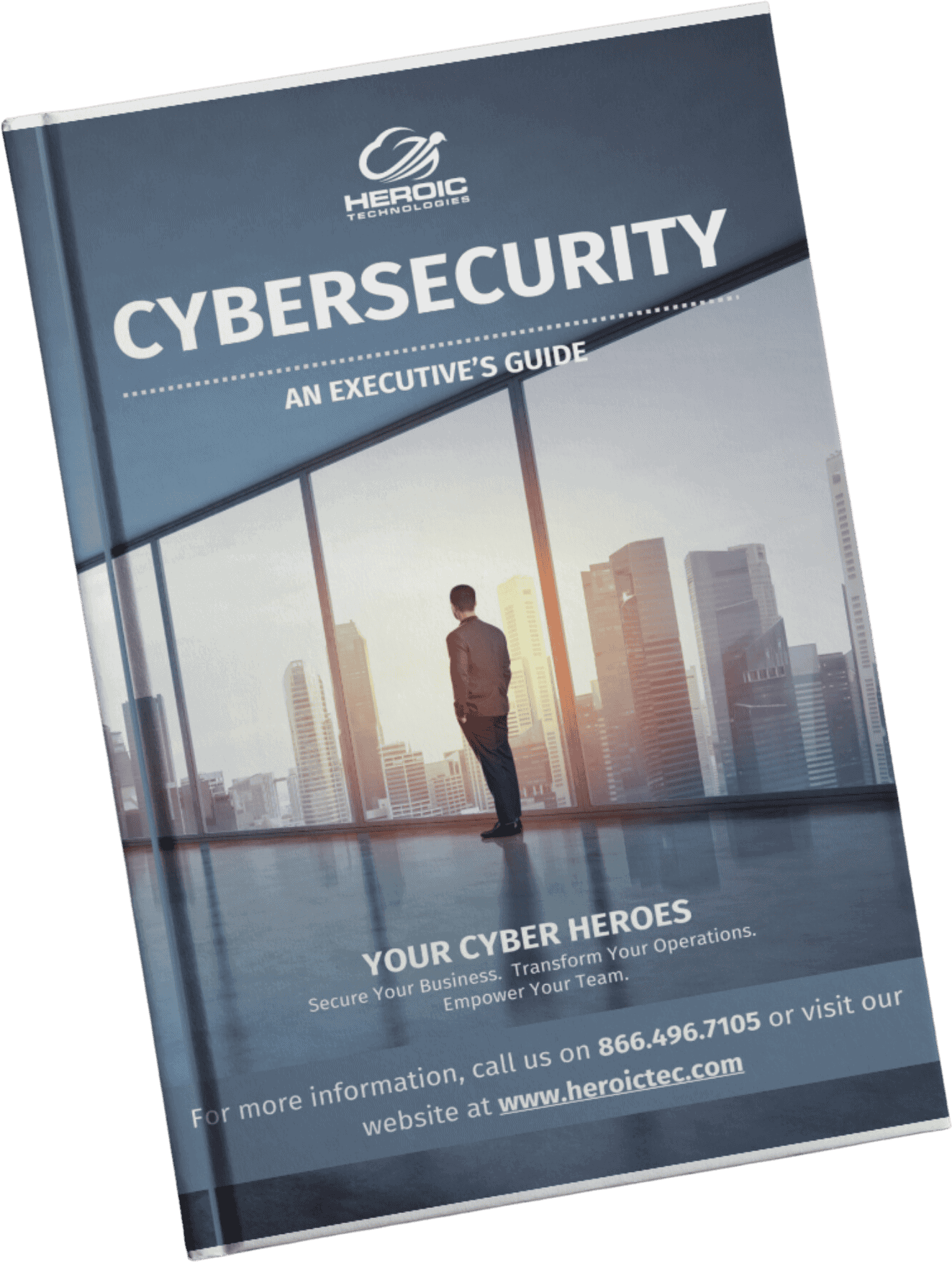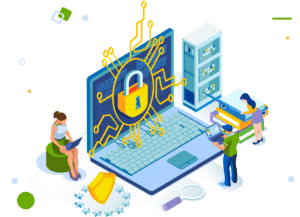How Lawyers Can Secure Their Email Communications with Cybersecurity Tools

Email is the legal world’s lifeline. It’s how lawyers and legal professionals interact with clients, share documents, handle sensitive information, and keep their caseload moving. However, with the convenience of email comes an alarming rise in cyber threats targeting law firms and here’s the hard truth: hackers love your inbox. From phishing schemes to ransomware bombs hidden in attachments, email has become a favorite attack vector for cybercriminals—especially when law firms are holding the keys to sensitive client data, high-stakes negotiations, and confidential case strategies. Protecting email communications has never been more critical.
This blog dives into why email security matters more than ever for lawyers, what threats are lurking, and what tools you need to stay protected and safeguard sensitive communication channels. By integrating robust cybersecurity practices, you can protect your firm, maintain client trust, and ensure compliance with legal obligations.
Why Email Security is Critical for Lawyers
Legal professionals hold vast amounts of sensitive client data, including case files, contracts, and personal details. Email remains one of the most frequently targeted forms of communication for cyberattacks, making it essential for law firms to prioritize cybersecurity. Law firms aren’t just legal experts—they’re digital data vaults. One email breach could mean:
- Loss of client trust
- Exposure of confidential client communications and information
- Financial penalties and legal blowback for non-compliance with regulations like GDPR or HIPAA
- Long-term damage to the firm’s reputation
Translation: email isn’t just communication—it’s liability if not secured properly.
Understanding the Risks: Common Email Threats Lawyers Face
Many threats lurk in your inbox, waiting to exploit vulnerabilities. Here are some of the most common email-related cyber risks to lawyers and law firms:
- Phishing Attacks
Cybercriminals send fraudulent emails designed to trick recipients into revealing sensitive information or clicking malicious links. Lawyers = prime targets due to high-value access.
- Ransomware
This type of malware encrypts a victim’s files, with hackers demanding payment for decryption. One bad email attachment can encrypt your files, holding your firm hostage until you pay up. No joke, no refunds.
- Man-in-the-Middle Attacks
Hackers intercept email communications between lawyers and clients, potentially exposing confidential discussions or altering messages without anyone noticing.
- Spoofing
Cybercriminals impersonate colleagues, clients, or vendors to trick you into disclosing sensitive information or making payments. An email looks like it’s from your partner or paralegal. It’s not. Welcome to the era of believable fakes.
Essential Cybersecurity Tools for Email Protection
Understanding these risks is the first step in defending against them. Locking down your email system doesn’t require a tech degree—just the right toolkit:
- Antivirus and Anti-Malware Software
Protect your devices from malicious email attachments or files using robust antivirus software. Tools like Norton or Bitdefender are great defenses for law firms.
- Spam Filters
Prevent phishing emails from sneaking into your inbox with advanced spam filters. These tools automatically flag shady senders, sketchy links, and reduce the likelihood of human error.
- Email Encryption Services
Encryption ensures that only the sender and authorized recipient can read the messages. No snoops allowed. More on this below!
- Secure Email Gateways
These tools monitor emails and prevent potential threats from infiltrating your communication. Services like Mimecast excel in this area – like bouncers for your inbox.
- Incident Response Tools
In case a cyberattack does slip through, tools like Proofpoint help you react fast, contain threats, and minimize damage.
Implementing Multi-Factor Authentication (MFA)
Fact: Multi-Factor Authentication (MFA) reduces the risk of email hacking by 99%, according to Microsoft. That’s not a stat – that’s a strategy.
MFA requires users to verify their identity through multiple means, such as:
- Something they know (password)
- Something they have (a text code sent to their phone)
- Something they are (fingerprint or facial recognition)
For lawyers, enabling MFA for email accounts ensures that even if a password is stolen, the door is still shut tight. Platforms like Google Workspace or Microsoft 365 offer built-in MFA options, making it simple to secure your communications. No excuses.
Utilizing Email Encryption for Confidential Communication
You wouldn’t send a legal document on a postcard. Don’t do it digitally either. Email encryption solves this problem by encoding the content into unreadable text, only accessible to the intended recipient.
There are types of email encryption:
- Secure/Multipurpose Internet Mail Extensions (S/MIME):
- Uses public-key cryptography and digital certificates to encrypt and sign messages. Requires both sender and recipient to have digital certificates, ensuring end-to-end encryption.
- Microsoft 365 includes this as an option for certain business plans.
2. End-to-End Encryption (E2EE):
- Both the sender and recipient need private keys to decrypt the message. Provides maximum security as intermediaries cannot access plaintext.
3. Transport Layer Security (TLS):
- Ensures emails are encrypted during transmission. Most modern email services (e.g., Outlook, Gmail) support this. Email encryption is non-negotiable for lawyers who regularly handle confidential information.
4. Information Rights Management (IRM):
- Adds encryption along with usage restrictions (e.g., preventing forwarding or printing). Ideal for protecting sensitive information within organizations.
Bottom line: If your emails aren’t encrypted, they’re vulnerable. On the bright side, all of the above options are supported by Microsoft 365, depending on the license option you have.
Don’t Forget the Human Factor: Train Your Team
Even the best tools fail if your staff clicks “Download” on a phishing email. Build a culture of cybersecurity with:
- Spotting Phishing Emails
Train your employees to spot red flags – poor grammar, urgent requests, or unfamiliar email addresses.
- Strong Password Policies
No more “Password123”. Encourage the use of unique, complex passwords for all accounts, and implement password managers like Keeper Security for ease.
- Regular Simulated Attacks
Test your team’s preparedness with mock phishing campaigns to improve their response to real threats.
- Compliance Training
Make sure everyone understands how cybersecurity supports and ensures compliance and industry regulations like GDPR or HIPAA. Regular training ensures everyone in the firm contributes to a culture of security.
Keep Your Practice Protected and Thriving
Cybersecurity isn’t just a technical challenge; it’s a fundamental part of maintaining trust, reputation, and business continuity. In the legal profession, trust is everything—and nothing breaks trust faster than a security breach. With the right cybersecurity tools, encryption, MFA, and a well-trained team, your email becomes a fortress, not a front door for attackers.
At Heroic Technologies, we specialize in providing tailored cybersecurity and IT solutions to meet the unique needs of law firms. Whether you’re just starting to explore your options or need an expert partner, we’ve got you covered. We specialize in protecting law firms with cybersecurity and IT solutions built for your specific needs. We don’t just install software—we build secure systems that work the way you do.
🔐 Tailored IT strategies
📧 Email protection & encryption
👥 Ongoing staff training
⚠️ Incident response and support
Contact us today at Heroic Technologies today to protect your firm and transform how you handle IT.







